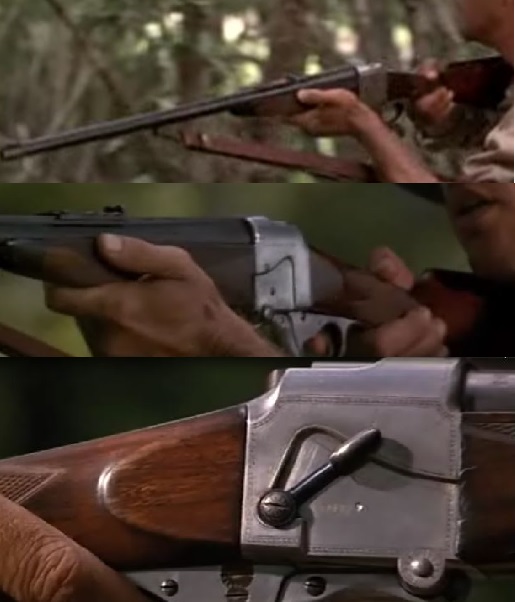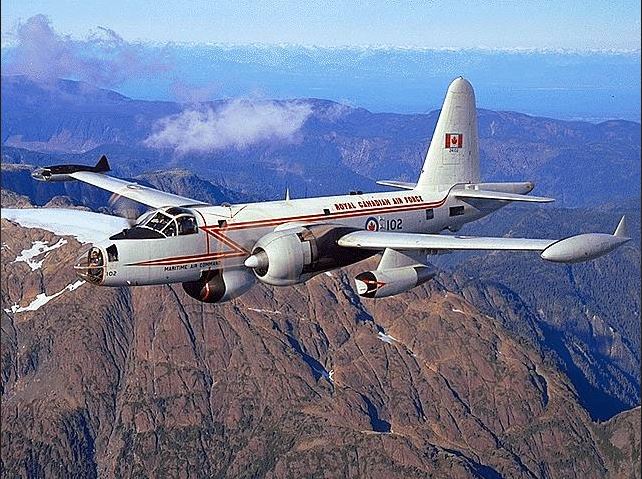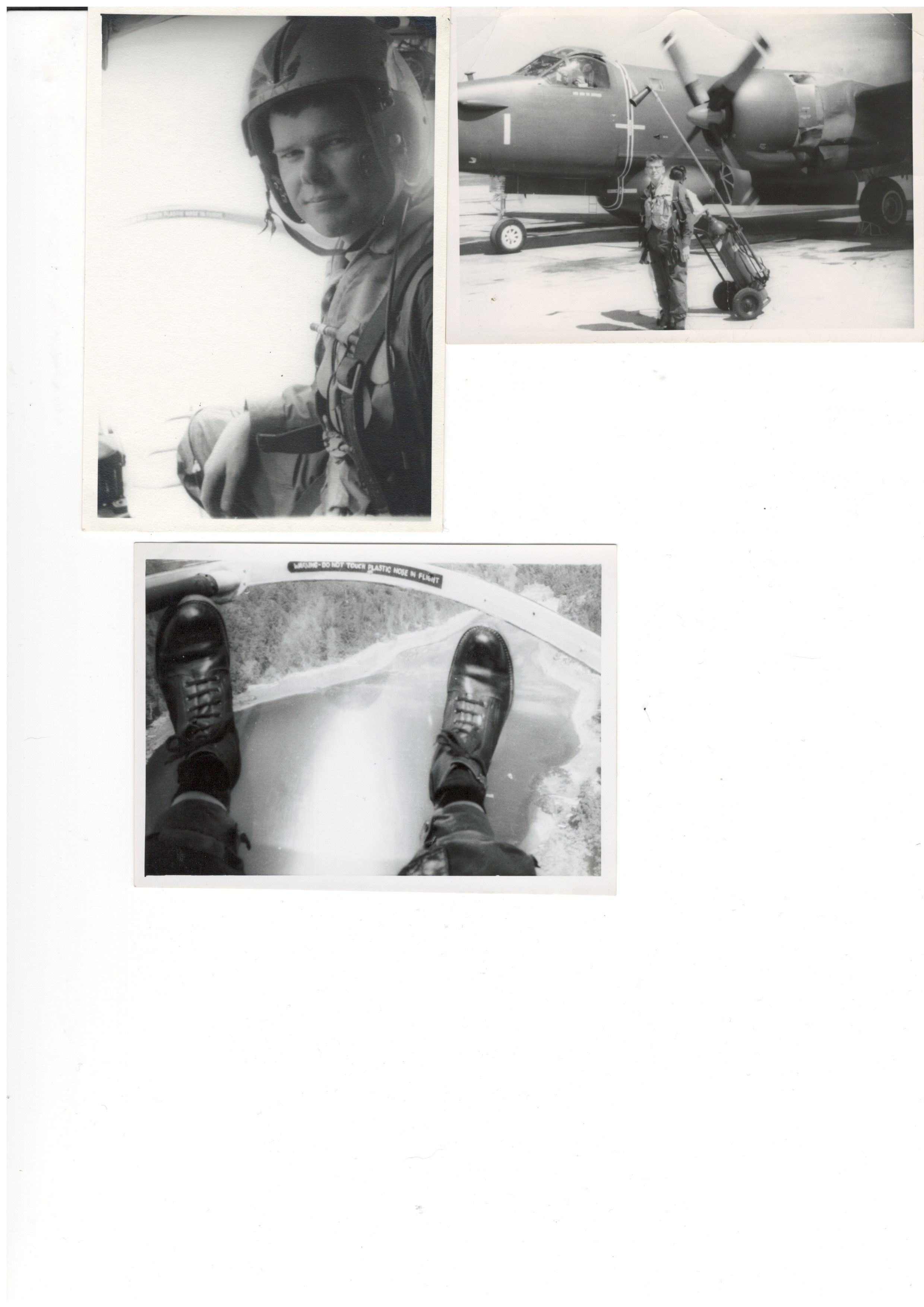Check out "The Ghost and The Darkness"
What rifle didn't work???

Check out "The Ghost and The Darkness"

I always thought it was the fanatical Philippine Moros, the Moslem suicide bombers of their day.
Grizz
There is a copy of, " The Man-eaters of Tsavo ", by Patterson, J. H. in the Burnaby Public Library.
They also have, " The Temple Tiger, and More Man-eaters of Kumaon, by Corbett, Jim






In the 60's the RCAF flew these Neptunes on anti-sub patrol out of Comox.
The USN also flew a similar plane out of Whitby, just south of Comox, in Washington.
The planes were the same, but there were differences. When flying with the USN, one wore a brain bucket and parachute harness.
And the USN had nuclear depth charges. We did not.
The RCAF flew bare headed with the harness in a flight bag.
The two pictures showing me in a helmet are from a flight with the US Navy.
The boots picture is me flying over the shore near Powell River. I carried a Minox in those days, so my negatives max out with 5x7 prints.
In the 60's the RCAF flew these Neptunes on anti-sub patrol out of Comox.

Was out Greenwood way and saw the mighty Neptune on static display there.
Indoors the museum has an Argus simulator, and one of the panels had displays to indicate whether the stores underneath were Mk 46, Mk 44, Mk 101, or Mk 57. Wikipedia seemed to think some of those numbers were instant-sunshine depth charges. I'd guess they must have trained for those even if the real item might not have been a regular thing unless the international pucker factor had gone way up.
My dad often talked about training on the Boys 55 caliber anti tank rifle , when he joined the British Army in 1939, a vicious recoil was one of it enduring qualities, when his brigade , the 20th Guards Brigade , 2nd Welsh Guards, and 2nd Irish Guards landed at Boulogne France , in May 1940, in a effort to slow the German advance towards Dunkirk , his battalion carried their Boys anti tank rifles , though his company was lucky not to encounter German armour , several of the other companies in both battalions did use their Boys anti tank rifle against the enemy tanks ,there was some success against the German light tanks ,but it proved ineffective against the larger German tanks , Dad did however see a Boy anti tank rifle fired 5 rounds at a church bell steeple , where several enemy snipers were firing at them, they had returned fire with their .303 SMLE rifles and Bren guns , the round jut bounced off the thick walls , the Boys did shoot big chunks out of the walls of the steeple with its amour piercing 55 cal rounds ,That did end the sniping , it was also at Boulogne that his battalion first came under attack by the German Ju 87 Stuka dive bomber








































